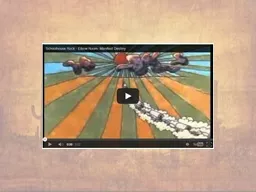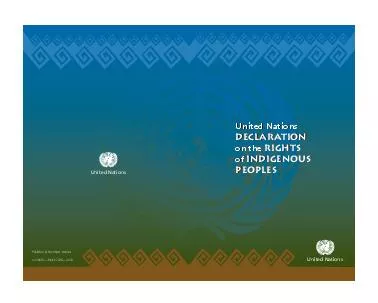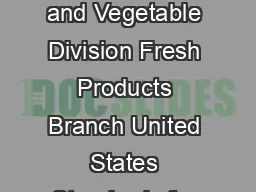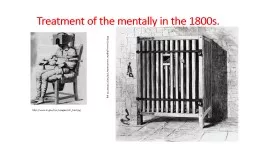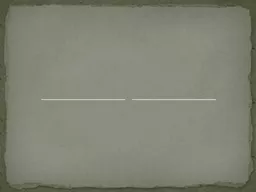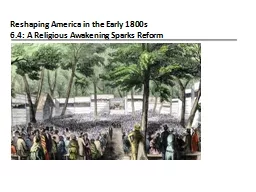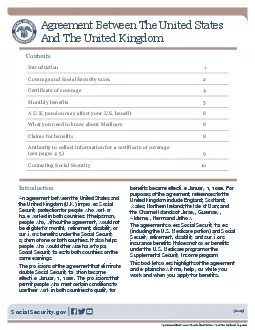PPT-By the mid-1800s, the United States had expanded to nearly
Author : natalia-silvester | Published Date : 2015-10-26
Manifest Destiny is the belief that the US should stretch from the Atlantic Ocean to the Pacific Ocean The government now owned huge areas of land with no US
Presentation Embed Code
Download Presentation
Download Presentation The PPT/PDF document "By the mid-1800s, the United States had ..." is the property of its rightful owner. Permission is granted to download and print the materials on this website for personal, non-commercial use only, and to display it on your personal computer provided you do not modify the materials and that you retain all copyright notices contained in the materials. By downloading content from our website, you accept the terms of this agreement.
By the mid-1800s, the United States had expanded to nearly: Transcript
Download Rules Of Document
"By the mid-1800s, the United States had expanded to nearly"The content belongs to its owner. You may download and print it for personal use, without modification, and keep all copyright notices. By downloading, you agree to these terms.
Related Documents

